Bonds are often seen as a positive type of connection. They are attachments that can occur between a parent and their child, friends, or romantic relationships.
A bond typically forms after spending time together, connecting on a similar topic of conversation, or through an emotional connection such as trust or affection.
Although many bonds are considered a positive type of bond, not all bonds are positive. One of the most well-known cases of a not-so-positive type of bond is that of a trauma bond.
Let’s learn more about trauma bonds.
What is a Trauma Bond?
A trauma bond is a type of attachment that can form after experiencing a type of emotional or physical abuse that is immediately followed by a type of positive reinforcement. When a trauma bond forms, it can be difficult for a person to leave the situation. The feelings that come from the emotional or physical abuse can be hard to sort through, especially when the abuser acts lovingly or positively immediately following the abuse.
Types of Trauma Bonds
Trauma bonds can form in any type of relationship, but the formation of trauma bonds is most common in romantic relationships. These are some of the most common scenarios or relationships where trauma bonds can be present:
- Child and their abusive caregiver
- Colleagues
- Friends
- Hostage and their kidnapper
The Signs of a Trauma Bond
The signs of a trauma bond aren’t always clear. These are some of the most common signs that you can look for:
- Covering up for the abuser
- Defending the abuser
- Difficulty leaving the situation
- Isolation
- Trying to justify or make sense of the abuse

The Stages of Trauma Bonding
There are seven common stages in the trauma bonding cycle. These include the following stages:
1. Love bombing
The first stage typically happens at the beginning of a relationship. This is where the abuser will give excessive praise or positivity to the victim to win them over.
2. Trust and dependency
The second stage involves the abuser trying to get the victim to trust, rely, and depend on them. They will attempt to speed up the relationship to win this trust and dependency.
3. Criticism
After trust is gained, the abuser will slowly begin tearing apart the victim. This step is to ensure that the victim feels down about themselves so that the abuser can be there to pick them back up, even if they were the ones that caused the victim to feel bad in the first place.
4. Gaslighting
An abuser will use gaslighting as a way to make the victim question what happened versus what didn’t happen. An abuser may try to manipulate their partner into believing that something didn’t actually happen or that they’re crazy.
5. Resignation and Submission
When the victim starts to believe what the abuser is convincing them of, they’ll do anything they can to try to avoid any conflict with the abuser. Over time, they’ll resign and become more and more submissive.
6. Loss of Self
Trauma bonds can hurt someone’s self-esteem. Trauma bonds can cause someone to question themselves, isolate from loved ones, and experience a loss of their own identity.
7. Addiction
Abuse combined with immediate love-bombing and positive reinforcement can be a different bond to break. This emotional and physical toll on someone can become a vicious cycle.
How to Cope
A trauma bond can be difficult to break, but it isn’t impossible. It’s important to know that a healthy relationship involves things like safety, security, trust, respect, and support, which aren’t evident in a trauma bond relationship. Therapy can be an extremely beneficial tool for learning how to cope, break the trauma bond, and move forward in your life again. Reach out today to learn more about trauma therapy and how it can help you heal.
About the author(s)
Karen is the founder and Clinical Director of Cohesive Therapy NYC. She earned a Masters in Social Work from New York University and has extensive training in Hypnosis, Anxiety, Cognitive Behavioral Therapy, Brainspotting, and DGBI. She is a member of the Institute of Certified Anxiety Treatment Professionals, The Rome Foundation, the National Association of Social Workers, The Crohn's and Colitis Foundation, and the American Social of Clinical Hypnosis.

